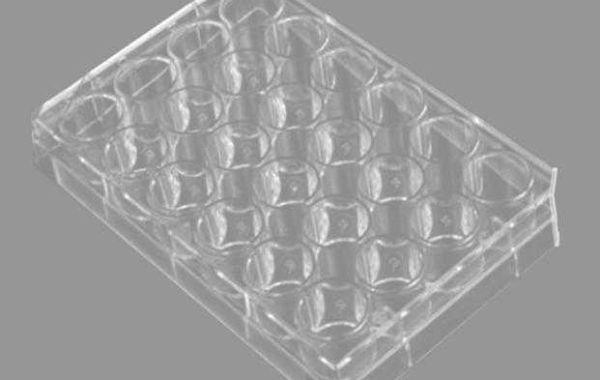Maintaining sterile and optimal conditions in your cell culture containers is crucial for successful experiments. Here's a detailed guide for proper maintenance:
1. Sterilization
- Autoclaving: The most common method for sterilizing cell culture plates and flasks. Follow the manufacturer's instructions for appropriate autoclaving times and temperatures.
- Alternatives:For heat-sensitive materials, consider using chemical disinfection or filtration techniques. Ensure compatibility with your specific plates or flasks.
2. Coating (Optional)
- Adherent Cells: For adherent cells, coat the surface of plates or flasks with ECM proteins (e.g., collagen, fibronectin) before seeding. This promotes cell attachment and spreading.
- Coating Methods:Several methods are available, such as passive adsorption or pre-coating by manufacturers. Choose the method based on the protein and your preferences.
3. Aseptic Technique
- Maintain sterility throughout:Use aseptic techniques during all handling procedures to prevent contamination. This includes wearing gloves, using sterile pipettes and media, and working in a biosafety cabinet when necessary.
- Storage: After sterilization, store unused plates and flasks in a clean environment to maintain sterility until use.
4. Cleaning and Disposal
- Used Plates and Flasks:Dispose of used plates and flasks according to your institution's guidelines for biohazardous waste.
- Re-usable Flasks: For some research settings, reusing flasks for adherent cells might be possible. However, this requires thorough cleaning with appropriate solutions and proper sterilization after each use. Follow manufacturer's recommendations for reusability.
Additional Tips
- Labeling: Clearly label your plates and flasks with cell line, passage number, date, and any other relevant information for easy identification and record-keeping.
- Storage Conditions: Store your cells at the appropriate temperature and CO2 concentration as recommended for your specific cell line.
- Regular Observation: Monitor your cell cultures regularly under a microscope to assess cell health, morphology, and growth patterns.
By following these practices, you can ensure that your cell culture plates and flasks are properly maintained, promoting optimal cell growth and successful experimental outcomes. You might also be interested in What Are the Differences and Similarities Between Cell Culture Plates and Cell Culture Flasks?








